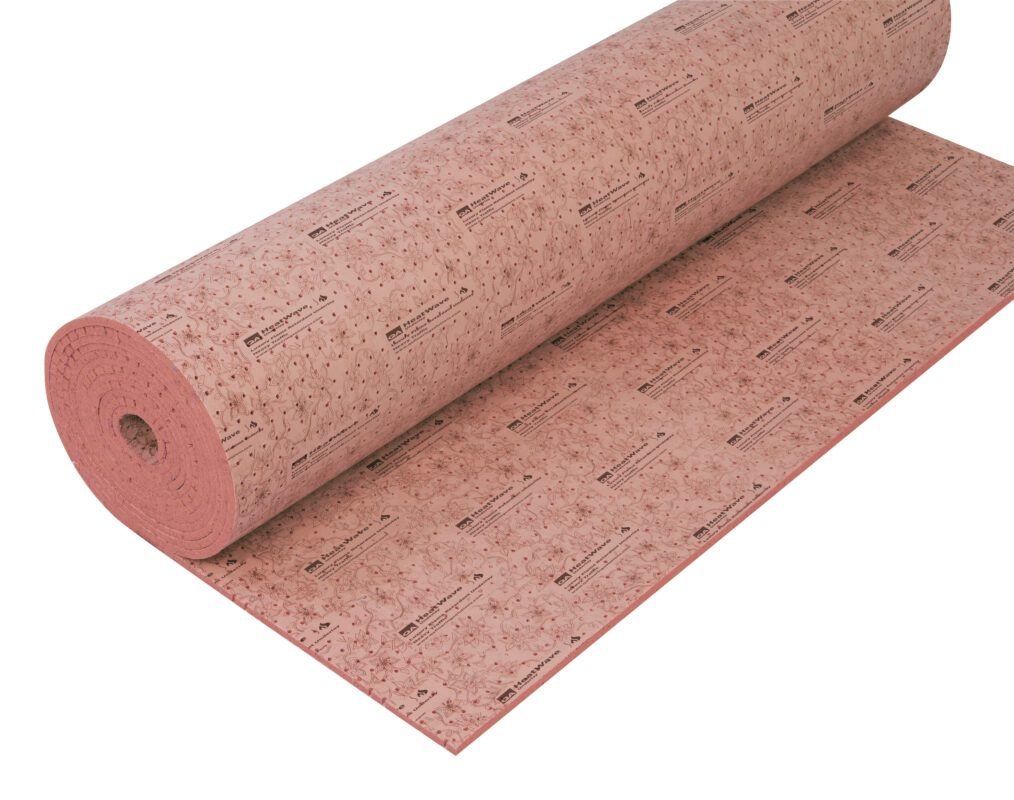Blog
Can Polyurethane (PU) Carpet Underlay Be Used With Underfloor Heating?

Using a Polyurethane (PU) foam carpet underlay with underfloor heating is a common practice to ensure comfort, energy efficiency, and effective heat distribution. Underfloor heating systems provide radiant heat from beneath the floor surface, and the right type of underlay can enhance the performance of the system while maintaining a comfortable environment.
Here's how PU foam underlay can work with underfloor heating:
- Heat Conduction: PU foam underlay has good heat conduction properties, which means it allows heat to flow through it efficiently. This helps the underfloor heating system to transfer heat evenly and effectively to the room above.
- Thermal Insulation: While PU foam underlay allows heat to pass through, it also acts as a thermal insulator. It helps to prevent downward heat loss, directing the heat upward into the room where it's needed. This contributes to energy efficiency by reducing the amount of heat that is wasted.
- Comfort: The combination of underfloor heating and PU foam underlay enhances the comfort of the room. The underlay provides an additional layer of cushioning and insulation, creating a cozy and warm feel underfoot.
- Even Heat Distribution: PU foam underlay helps to distribute the heat more evenly across the floor surface. This prevents hot spots and cold areas, ensuring that the entire floor is comfortably heated.
- Quick Warm-Up: PU foam underlay can reduce the warm-up time of the underfloor heating system. It allows heat to be quickly conducted to the surface, helping the room reach the desired temperature more efficiently.
- Protection of the Heating System: The underlay can provide a protective barrier between the heating system and the floor covering (carpet), preventing any potential damage to the heating elements.
When using PU foam carpet underlay with underfloor heating, it's important to consider a few factors:
- Heat Resistance: Ensure that the chosen PU foam underlay is suitable for use with underfloor heating systems. Some underlays are specifically designed to withstand higher temperatures without degrading.
- Thickness: The thickness of the underlay can impact how quickly the heat is transferred to the room. Thicker underlays may provide more cushioning but could slow down heat conduction.
- Installation: Proper installation is crucial. Follow the manufacturer's guidelines for installation and consider working with professionals who have experience with underfloor heating systems.
- Carpet Selection: Choose a carpet that is compatible with underfloor heating. Some carpets have better heat conductivity than others, which can affect how efficiently the heat transfers to the room.
At QA our HeatWave and ExtraStep options for PU carpet underlays are ideal for use with underfloor heating.
Always refer to the recommendations of both the underlay and underfloor heating system manufacturers to ensure that you're using the right products together. Consulting with a heating system specialist or a flooring professional can help you make informed choices for the best results.
